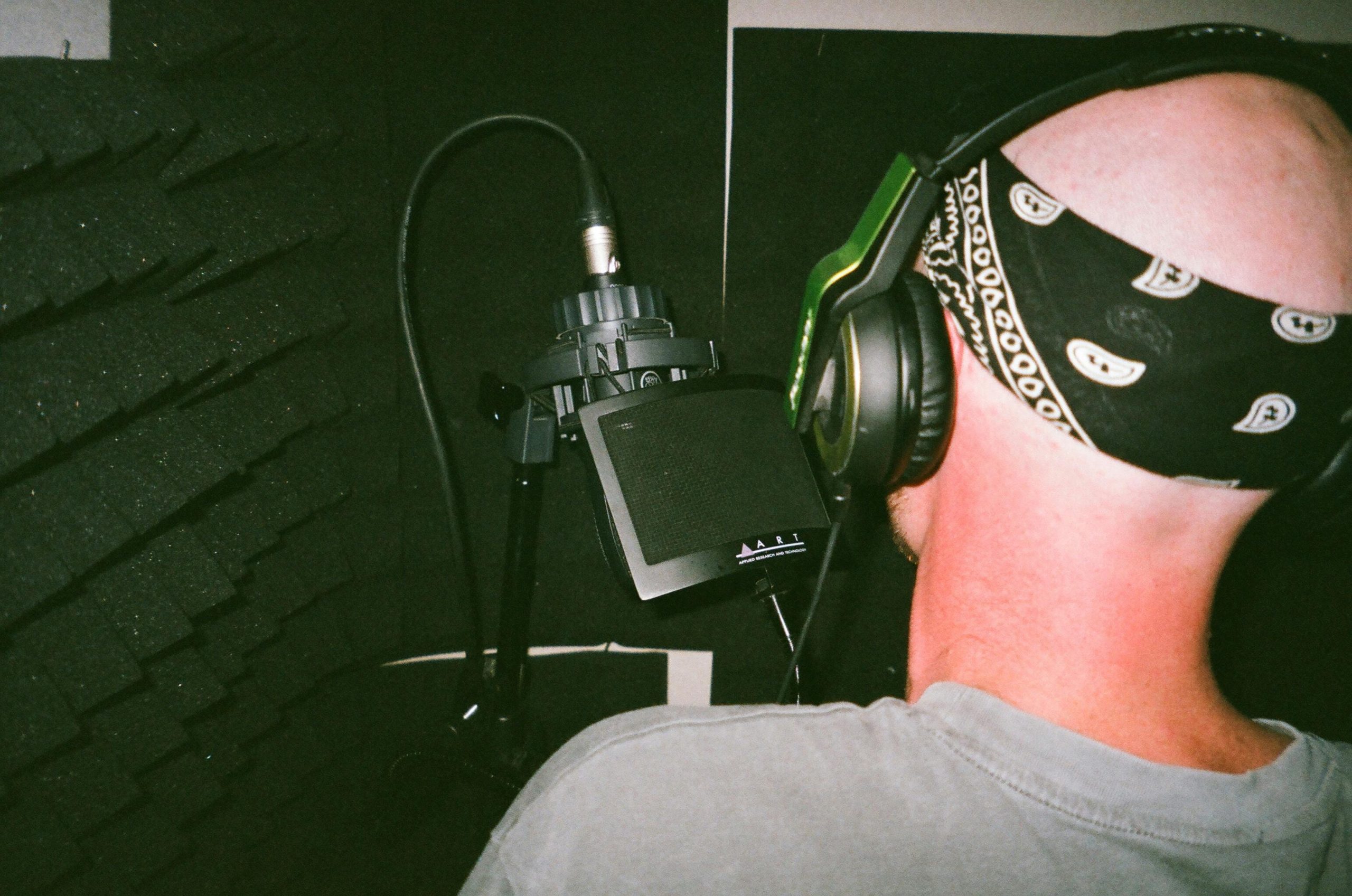In today’s saturated music industry, simply creating great tracks isn’t enough. Music pitching is what separates the artists who get heard from those who remain in the shadows. Whether you’re an emerging independent artist or a seasoned musician trying to break into new markets, mastering the art of music pitching is non-negotiable. From blogs to playlists, A&R reps to influencers, knowing how to strategically present your music can be the game-changer your career needs. Here are 20 high-impact music pitching tactics that will elevate your visibility and improve your chances of success.
1. Perfect Your Press Kit
Before diving into music pitching, make sure your Electronic Press Kit (EPK) is professional, updated, and visually appealing. It should include high-res photos, a short bio, streaming links, past media coverage, and contact info.
2. Personalize Every Pitch
Generic pitches are instantly forgettable. Tailor every music pitching email with the recipient’s name, a reference to their work, and a reason why your music fits their platform or playlist.
3. Target Niche Playlists
Major playlists are crowded and competitive. Instead, focus on smaller, genre-specific or mood-based playlists that align with your music. This strategic music pitching increases your chance of acceptance and exposure.
4. Use the Right Subject Lines
Your email subject line can make or break your music pitching effort. Keep it concise, engaging, and informative. Think: “For Your Chill Vibes Playlist – New Indie Electro Track.”
5. Time Your Pitches
Timing is key in music pitching. Send your music at least three weeks before your release. This gives curators and writers enough time to review and plan.
6. Highlight Key Achievements
Let your track speak for itself, but also mention milestones—streaming numbers, chart placements, or notable collaborations—to build credibility in your music pitching.
7. Keep It Brief
Gatekeepers don’t have time to read essays. Make your music pitching concise: who you are, what your music is, and why it matters—all in a few paragraphs.
8. Include Links, Not Attachments
Always include streaming or private SoundCloud links instead of attachments in your music pitching. Attachments often get flagged as spam or ignored entirely.
9. Create a Catchy Hook
Just like a song needs a hook, so does your pitch. Make the first sentence of your music pitching stand out with a unique fact or strong emotion.
10. Follow Submission Guidelines
Different platforms and curators have different requirements. Always read and follow their submission rules before music pitching to them.
11. Leverage Social Proof
If a curator sees that others have supported your track, they’re more likely to give it a listen. Use quotes, reposts, or follower stats in your music pitching to boost trust.
12. Build Relationships
Successful music pitching is more about relationships than cold emails. Engage with curators on social media, comment on their posts, and support their playlists.
13. Use Music Pitching Platforms
Platforms like SubmitHub, Groover, and PlaylistPush streamline your music pitching process and connect you with curators across genres and regions.
14. Craft a Unique Story
Why did you write the song? What inspired you? A compelling backstory can be the edge you need in your music pitching efforts.
15. Be Consistent
Don’t just pitch once and give up. Repetition and consistency are vital in music pitching. Set a weekly schedule to reach out to new contacts.
16. Track Your Pitches
Keep a spreadsheet or use a CRM to track your music pitching efforts. Note who you contacted, their response, and the outcome.
17. Engage With Feedback
If someone responds with critique, thank them and consider their advice. Growth-minded music pitching involves learning from each attempt.
18. Collaborate for Reach
Work with other artists or influencers to cross-promote. Featuring a guest artist can make your music pitching more appealing to new curators.
19. Pitch to Local Media
Don’t underestimate your local scene. Regional blogs and radio shows can be an excellent entry point in your music pitching strategy.
20. Don’t Get Discouraged
Music pitching can involve rejection, and that’s normal. Stay persistent, keep improving your pitch, and remember that success often takes time.
Conclusion
Music pitching is both an art and a science, combining creativity with strategy. These 20 tactics are designed to help you cut through the noise and get your music into the ears of the right people. From building relationships and customizing your pitches to leveraging platforms and tracking results, each step in your music pitching journey adds momentum to your career. While the process can be competitive and even frustrating at times, persistence and professionalism will set you apart. With the right approach, you won’t just pitch music—you’ll open doors to real opportunities and lasting impact in the music industry.










Leave a Reply